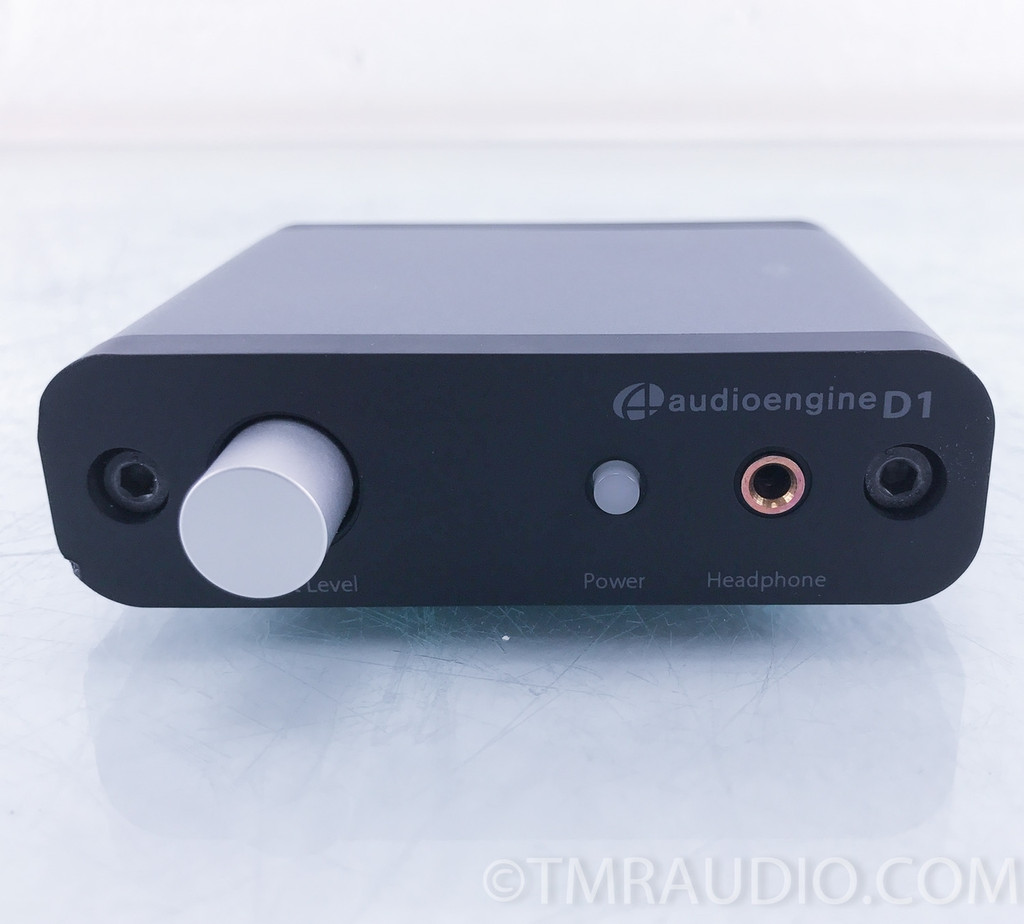

There are no batteries or external power supplies needed. A white LED lets you know the DAC is receiving power from the USB interface. This is good, and the way you want a system like this to work. The front is fairly plain, with a single volume knob and a headphone jack for plugging in your phones - which incidentally mutes the rear outputs. Let's go over the physical features and you'll see what I mean. For one, it gives you much better quality than the onboard sound device which is just there to get the job done as inexpensively as possible. Using a device like this is great for a number of reasons. In our case, we were using the amplified A5+ speakers.


It converts your digital music and audio to the analogue signals required by your speakers or amplifier. And it does it without any special drivers or software installation - which we really loved. It connects to your Mac or PC via USB (cable included) and acts as an external sound card. This is Audioengine's 24-bit Digital Audio Converter - or DAC. I wondered why the clarity and top end of the A5+'s seemed a bit lacking all of a sudden, when I had previously found them to be pretty darn good. But after the review we hooked the speakers back up to my laptop using an external hybrid microphone DAC. Now we reviewed those speakers earlier this year and for our listening tests I used various source components, including an iPhone, a Blu-ray player and the stereo outputs of an A/V receiver. I didn't realize how crappy the preamp was that I was using to feed my AudioEngine 5+ speakers.


 0 kommentar(er)
0 kommentar(er)
